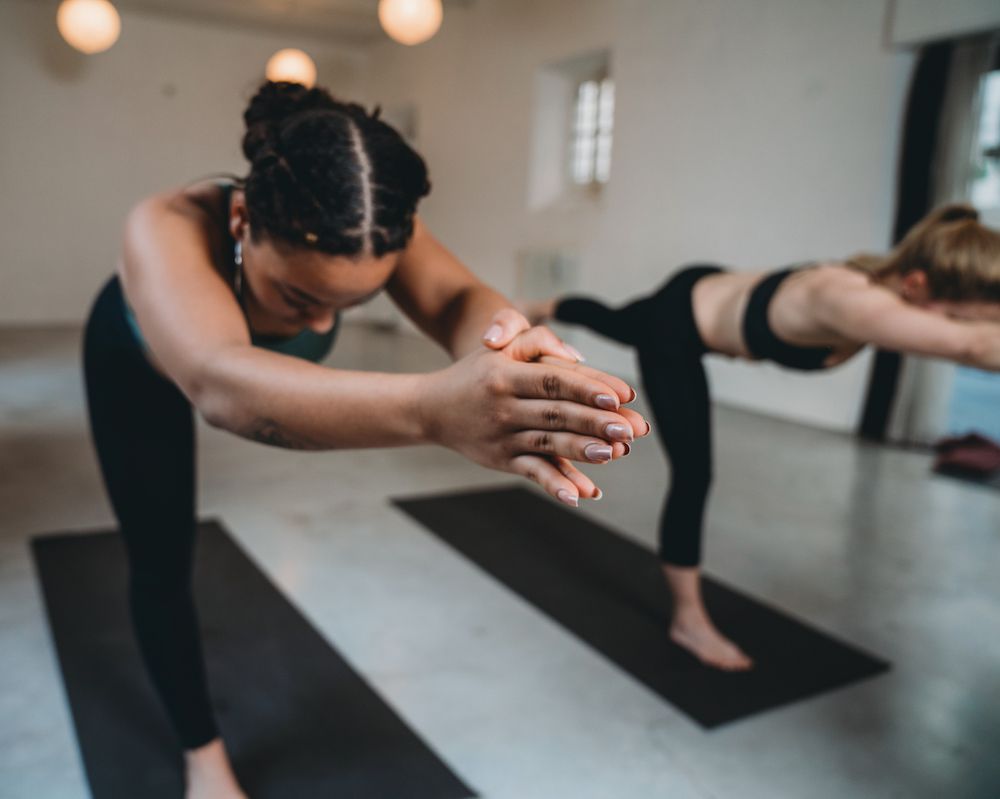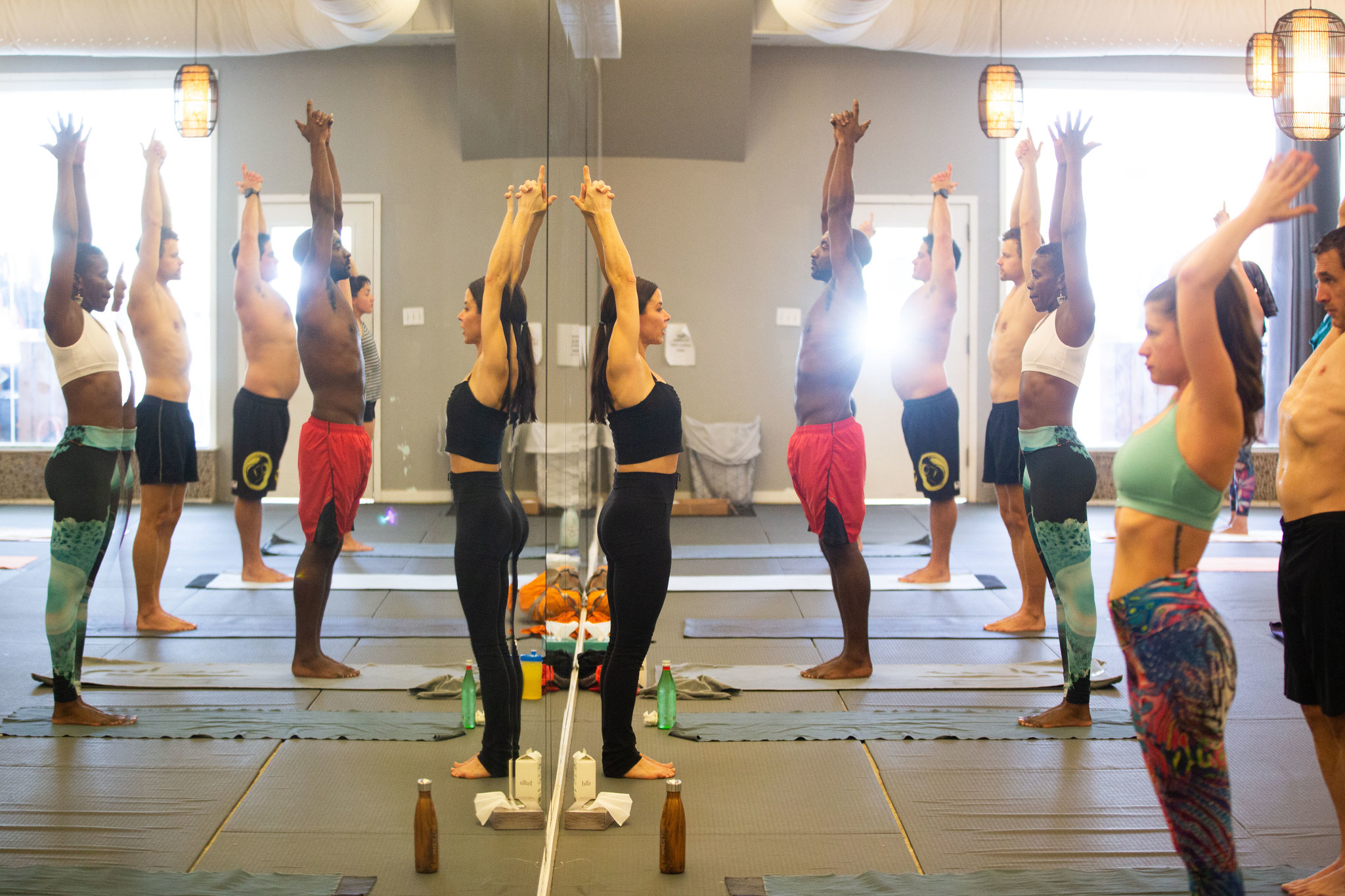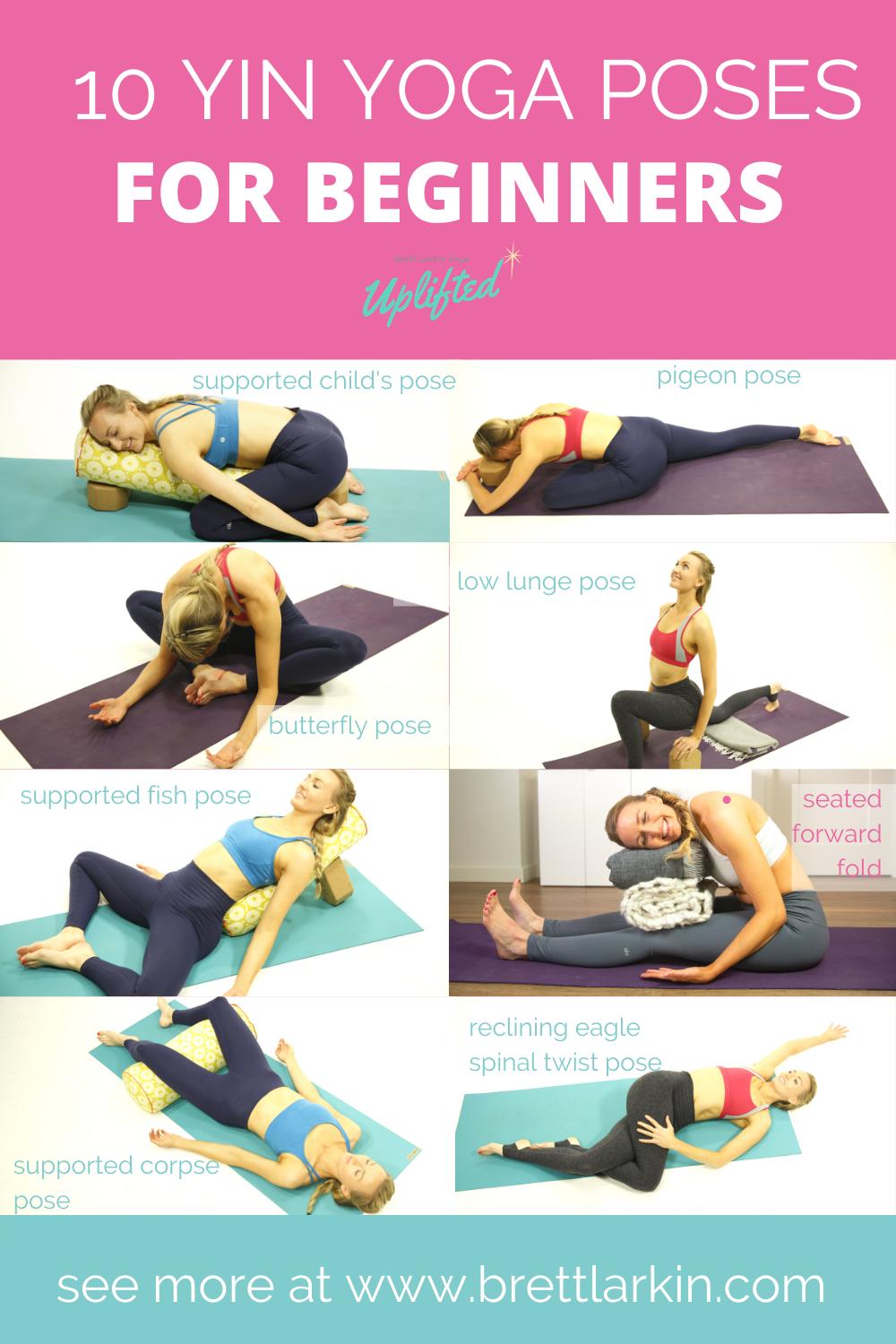
Constipation yoga can provide many benefits. One of the main benefits is that it helps control the release of compounds in the body. The gut is the main place where serotonin gets produced. By strengthening the parasympathetic nervous system, yoga can help balance the production of serotonin. This can be helpful in relieving constipation symptoms. You can get relief from constipation by a variety of methods.
The cat and cow asana yoga pose is the most effective for treating constipation. This posture is very relaxing, and it also stimulates the digestive system and blood flow to the gut. You will need to lay on your stomach with your legs extended. The next step is to extend your right knee outward. Your back will be rounded while your chin is on the ceiling. Repeat the procedure on the other side.

The Cobra Pose is the third pose that yoga can help with constipation. Start by lying flat on your back with your toes pointed out. Your palms should be positioned on the floor in line with your shoulders. Your abdominal muscles, legs, and head should be engaged. Next, lift your head up and allow the twisting movement to massage your intestines. This pose can help you pass gas and get a better night's sleep.
The downward-facing puppy is another pose you can do to relieve constipation. This requires you to twist your torso. Crescent Lunge Twist involves you holding a lunge and twisting the torso. The Cobra Pose is a more straightforward variation that doesn't involve any twisting. But, the Wind-Relieving pose can also be useful. This pose requires that your hands are pressed into your chest, and you stretch your legs. It can also relieve gas.
Another helpful yoga pose to help constipation is the Pawanmuktasana. This is also known as the Wind Relieving Pose. This is a great way for you to relax and soothe your intestines. This yoga pose will help improve your posture by stretching your abdomen. This yoga pose can also improve blood circulation. This will prevent constipation pain and discomfort. You will also be more flexible after practicing this pose.

The Yogi Squat is another effective yoga pose for constipation. This pose uses the same theory as the Squatty Potty, but is more effective for easing constipation. It's a great way to increase the amount of water you drink, which is very important for digestion. You will feel more relaxed and be able to move better if you do yoga that incorporates lots of water. If you live a healthy lifestyle, it is less likely that constipation medication will be necessary.
The Corpse Pose is another effective yoga pose for constipation. This upright pose stretches the hamstrings, abdominal organs, and strengthens the core. It opens your chest and oxygenates your whole body. It can also be very beneficial for people suffering from indigestion. The universal spinal twist is the best yoga pose for constipation. This position will also help with stress management. If you have chronic constipation, this yoga pose will prove very helpful.
FAQ
What is the best workout order?
It all depends upon what you are trying to achieve. Start with heavy lifting if you're looking to build muscle mass. Next, move on to cardio. If you are looking to lose weight, then move on to strength training.
Cardio is a great way to lose fat if you are just looking for a quick workout. Then add strength training after.
Do cardio first if you are looking to increase muscle mass. It stimulates growth hormones that help build muscle mass.
Also, eat before you workout. This will fuel your muscles, making them work harder. Plus, it makes you feel better during your workout.
What's a good workout plan for 7 days?
A seven-day program should include three days of cardio training (running, biking and swimming), two strength exercise (using free weights or weight machines) and one flexibility/core work out (yoga, Pilates). Each activity should be done at least once per week. Each session should not take more than 45 mins.
Cardiovascular Exercise: Running/Biking/Swimming
The goal is to get in at least 60 minutes of cardio activities per week. For best results, aim for 75 minutes per week. Cardio exercise can stimulate blood flow and increase muscle growth.
Strength Training
Cardio exercises work on the heart and lungs. Strength training works on the muscles and bones. Strength training builds lean muscle mass, which helps burn calories even when resting.
Flexibility & Core Workouts
Flexibility and core workouts are great ways to strengthen your entire body. Yoga and Pilates are both excellent choices.
Do I have to exercise every single day?
No! Do at least 30 minutes of moderate intensity physical activity five days a week. That means walking fast enough to be slightly out of breath or biking hard enough to sweat.
Do weightlifting burn fat faster?
Although weight lifting can help you lose fat more quickly, it is best to combine it with cardio exercises.
It is important to do weightlifting right after cardio exercise in order to reap the full benefits.
If done correctly weightlifting can raise your heart rate, oxygen consumption and help you lose weight.
But if you do not combine it with cardio, you will not see any significant changes in your body composition.
Is it true?
Protein helps maintain healthy bones and tissue. Too much protein can cause calcium to be excreted through the urine. In turn, this can result in kidney stones.
It's important to note that not everyone gets kidney stones after eating more than 2 grams of protein per kilogram (2.2 pounds) of body weight. Some people can eat high amounts of protein without getting kidney stones.
Your sodium intake can prevent kidney stone formation. The kidneys regulate the amount of sodium they consume. Too much sodium results in a higher risk of developing kidney stones.
You may also want to reduce your protein intake in the event of kidney stones. Protein accounts for about half the daily caloric requirement of most adults. Reduce your intake of protein and you will likely lose weight.
If you do decide to eat more protein, don't go overboard. Try to eat less than 20% protein in total calories.
Do Men Need A Gym Membership?
For men, a gym membership is not required. A gym membership will make your money more valuable.
Many gyms offer free trials that let you try the facilities before you pay any fees.
The gym is open to all, and you don't have to pay anything. You can cancel your membership as soon as you decide whether you love or hate it.
Can I go to the gym seven days a week?
You can go to your gym seven days a semaine, but not simultaneously. This means you need to choose a time when you feel rested and not too tired.
This will help to keep you focused and give you energy for other things.
You should also ensure that your meals are well-balanced. This will ensure that you aren't tired and slow when you go to the gym.
Last, you must make sure that there isn’t another thing competing for your attention. You might want to avoid working out on school nights if you have kids. They can distract you from your exercise routine.
Statistics
- Cardmembers earn 5% Back at Amazon.com with a Prime Credit Card. (amazon.com)
- 10 pounds in a month is likely during a lean bulking phase, especially for beginners. (muscleandstrength.com)
- The PRS enabled risk stratification for overall prostate cancer and lethal disease with a four-fold difference between men in the highest and lowest quartiles (HR, 4.32; 95% confidence interval [CI], 3.16-5.89). (pubmed.ncbi.nlm.nih.gov)
- By John Thompson Take a whopping 38% off a set of PowerBlock Pros. (menshealth.com)
- Get free shipping and 25% off today. (healthline.com)
External Links
How To
How can a man get fit in 30 days?
The best way to achieve fitness goals is by breaking them into small achievable steps.
Each day you need to be working towards your goal. This could mean anything from doing 10 pushups for 5 minutes to running 3km.
Consistently doing this will lead to positive results.
You must be consistent. You have to keep at it until you succeed!
What is the main difference between Aerobic Fitness or Anaerobic Fitness
Anaerobic fitness is the ability to do intense physical work without oxygen. Anaerobic pathways provide sufficient energy for high-intensity exercise. Anaerobic pathways can include glycolysis, creatinephosphate, the Phosphagen, and lactic acids.
Aerobic fitness, however, refers to the continuous practice of low-intensity aerobic exercise. While performing aerobic exercises, oxygen is used as the primary source of fuel for the cells. The aerobic pathway is more efficient than the anaerobic.
You need to build up your aerobic capability if you plan on running a marathon. If you are only focusing on increasing your anaerobic capabilities, you won't finish the race.
Aerobic fitness is also referred to as cardiovascular fitness. The most common methods of determining cardiovascular fitness are step tests and VO2max testing.
VO2 Max Testing
VO2 max is the maximal amount of oxygen (O2) that the body uses during exercise. This test measures the body's ability to use O2 while exercising.
This test can measure your cardiovascular fitness accurately. This test requires expensive equipment, and highly qualified professionals to administer.
Step Tests
Step tests are simple yet effective methods of measuring cardiovascular fitness. These are based on your weight and age, they require you to run or walk on a track.
These tests are easy, inexpensive, and accessible almost anywhere. You can for instance walk on a treadmill 2 minutes, then stop for 1 minute. Your heart rate should remain within a specific range throughout the whole session.
This method is known by the "Bruce Protocol". Bruce was himself a runner and developed the protocol after realizing his heart rate wouldn't increase when he ran for longer distances.